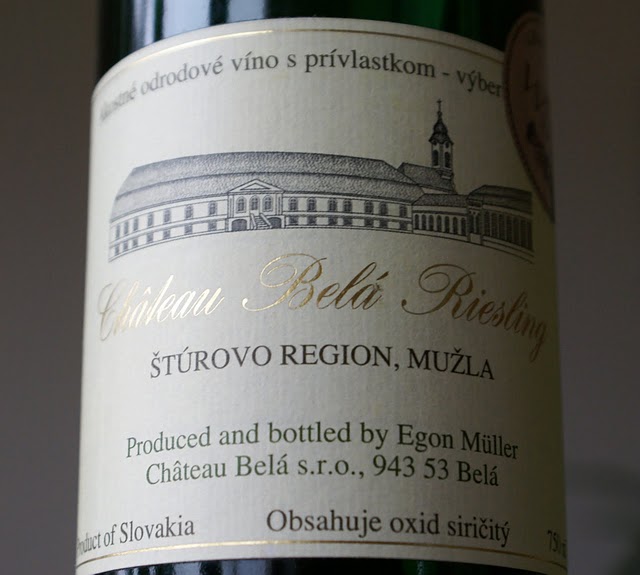Pichler-Krutzler: high fly
In four vintages Elisabeth Pichler and Erich Krutzler have risen from zero to the status of undisputed stars. Meet Austria’s hottest double name.
In four vintages Elisabeth Pichler and Erich Krutzler have risen from zero to the status of undisputed stars. Meet Austria’s hottest double name.
Spätlese feinherb: not something you’d remotely look forward to, yet this 2006 from Schubert is just a stunning Riesling.
Some nice festive drinking.
An incredible tasting of old Rieslings – we went back to 1909! Most were still very much alive. And even more surprisingly – bone-dry, even though you’d expect a Riesling to have residual sugar to age for so long. Not here!
No relation to the wine in your glass? On the very contrary; the genetic diversity of our grape varieties is a crucial issue for the future of viticulture and winemaking.
Disclaimer
Accomodation during my stay in the Wachau is paid for by the Austrian Wine Marketing Board. All wines were provided by the producers.
My tastings this year focus on the 2009 vintage which is looking very promising for the white wines from Riesling and Austria’s signature grape, Grüner Veltliner. A warm, dry vintage, it has actually favoured Riesling a bit more, with some Veltliners crossing the thin line between rich and excessively soft. On the positive side, many of the lighter less expensive Veltliners will provide spectacularly good early drinking.
But in general I have a preference for the Rieslings which are both more aromatic and fresher in taste, with a good balance even at high ripeness. There are some lovely wines from the usual suspects such as Willi Bründlmayer in the Kamptal region (his Heiligenstein Lyra is a masterpiece of harmony and completeness), or Prager and Franz Hirtzberger in Wachau. But I’ve also tracked down some lesser-known estates with great bargains. Franz-Joseph Gritsch from the town of Spitz in the Wachau has a lovely range of Veltliners and Rieslings, and overdelivers also in the Federspiel categories (which will cost you less than 10€). Andreas Lehensteiner from Weissenkirchen has an attractively clean, firm style, and at 14€ his Hinterkirchen Riesling Smaragd is one of the region’s bargains. High up in a remote side valley in Viessling, Josef Gritsch of the Graben Gritsch estate is making some impressively puristic mineral wines including a range of lovely Gelber Muskatellers (it’s rare to see so much minerality in a Muscat), and at 14€ his Setzberg Riesling Smaragd 2009 might well be the best bargain of the fair.
There were some very good Veltliners, too, especially at the Erste Lage presentation: 2009 is the first vintage for this new category, roughly equivalent to the French grand cru and German Grosses Gewächs (see here for my post on this). Introduced in the regions of Kamptal, Kremstal, Traisental and Wagram by the private vintners’ association Traditionsweingüter Österreich, Erste Lage is a winning idea: the concept is clear (the best vineyard sites are classified and distinguished) and the quality level of the wines is high.
Weingut Van Volxem is already one of the leading estates in Germany, but it seems to be making progress with every vintage. Here I look back at a 6-year-old Riesling and comment on how the winery’s style has subtly changed.
